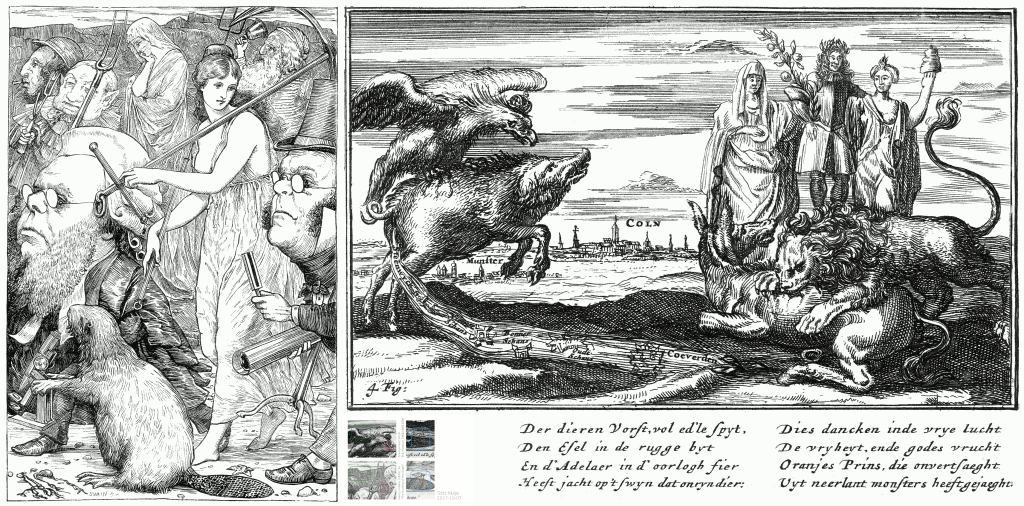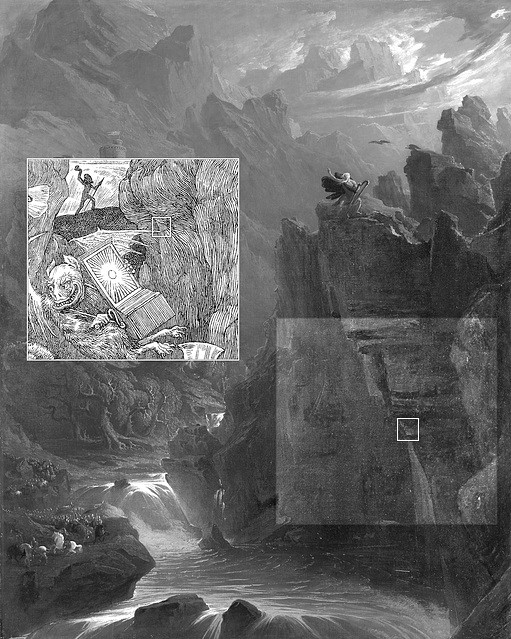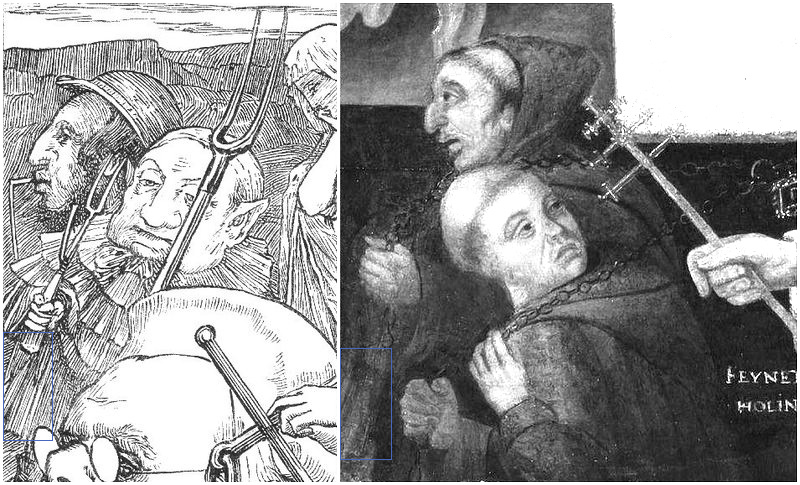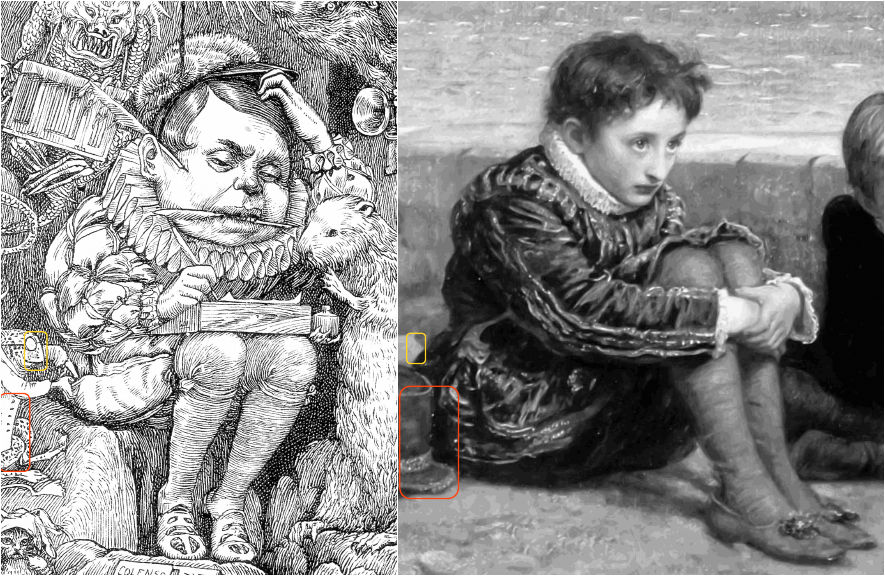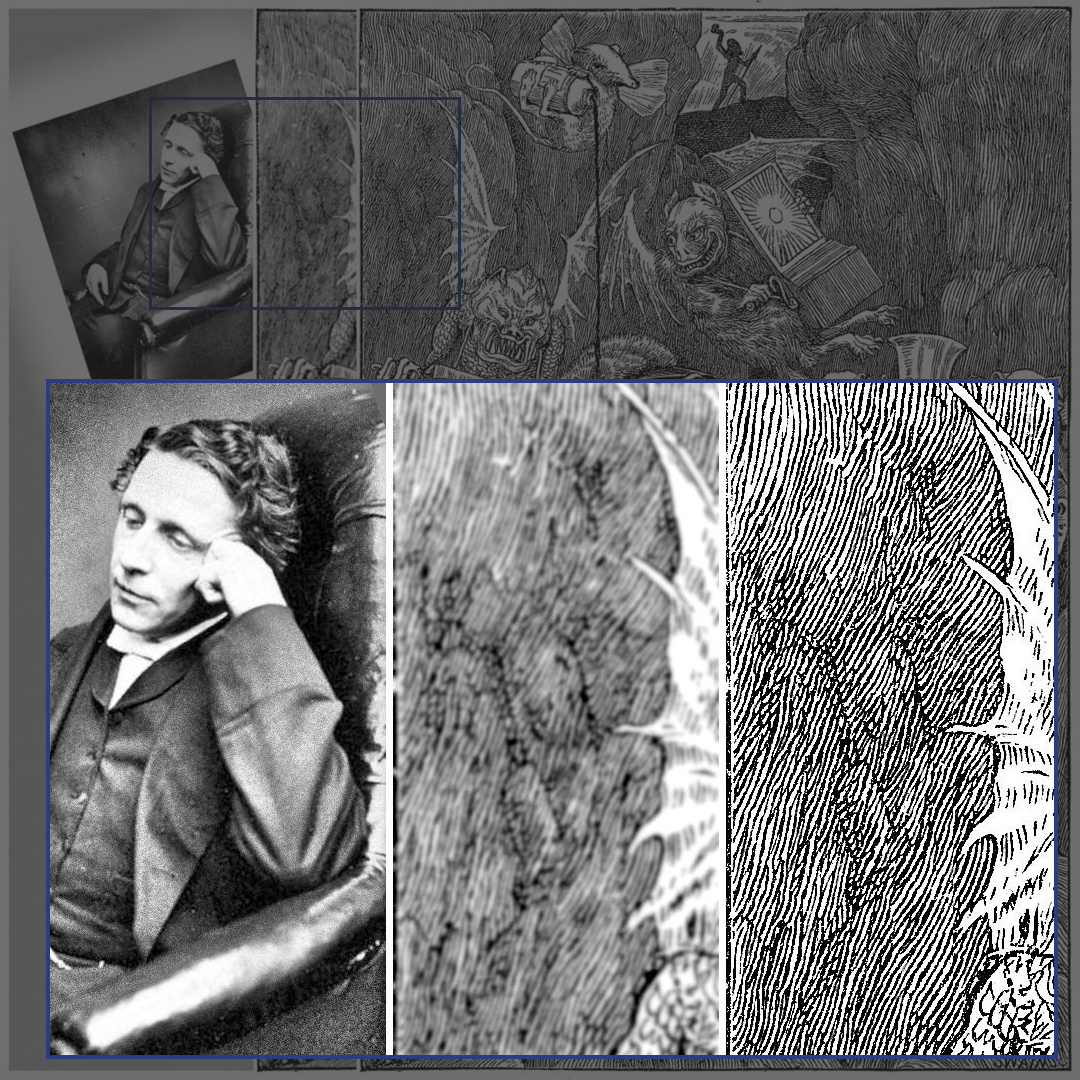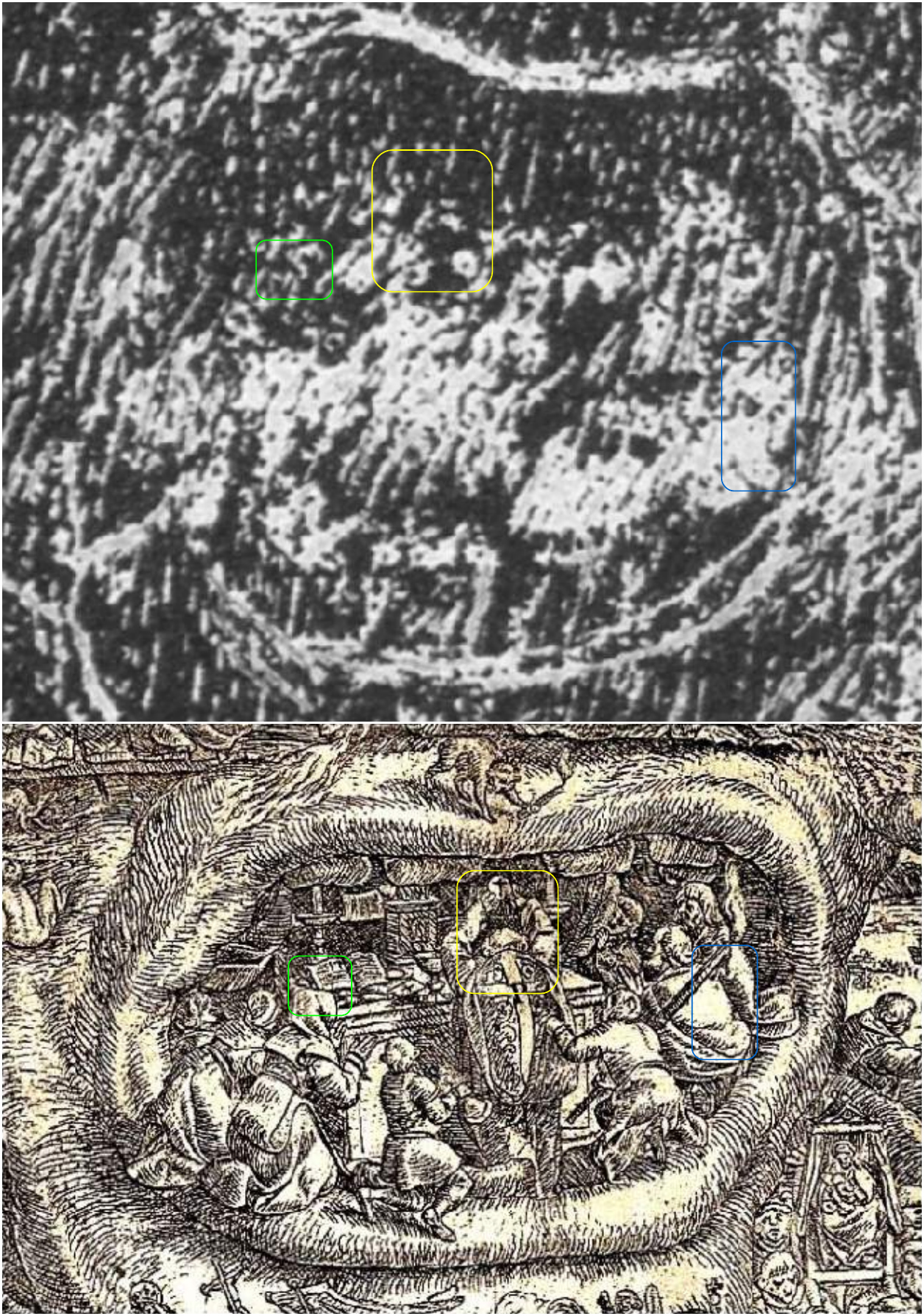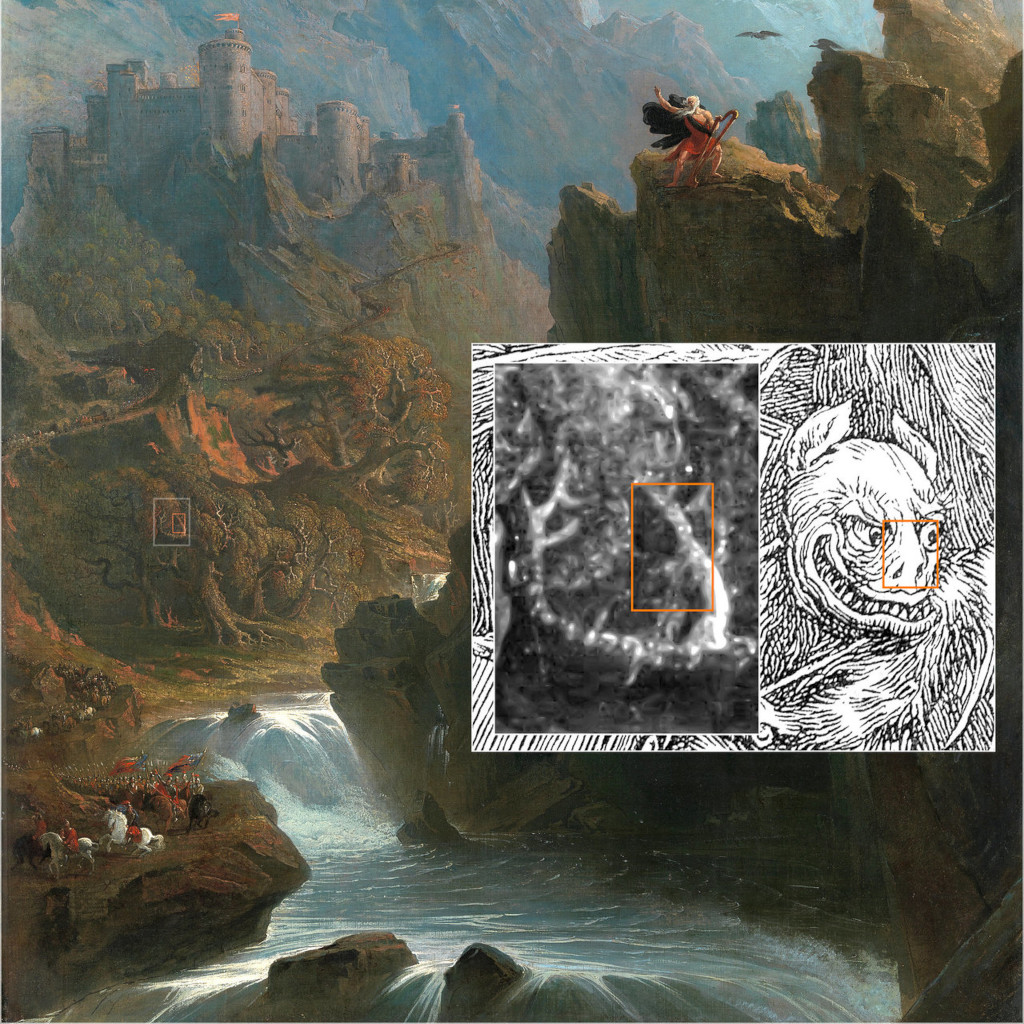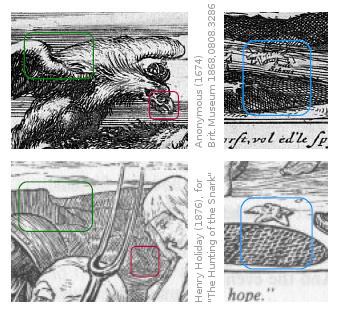2017-09-17, update: 2024-05-01
Tag: Fit4
Religion and Liberty
Tree of Life
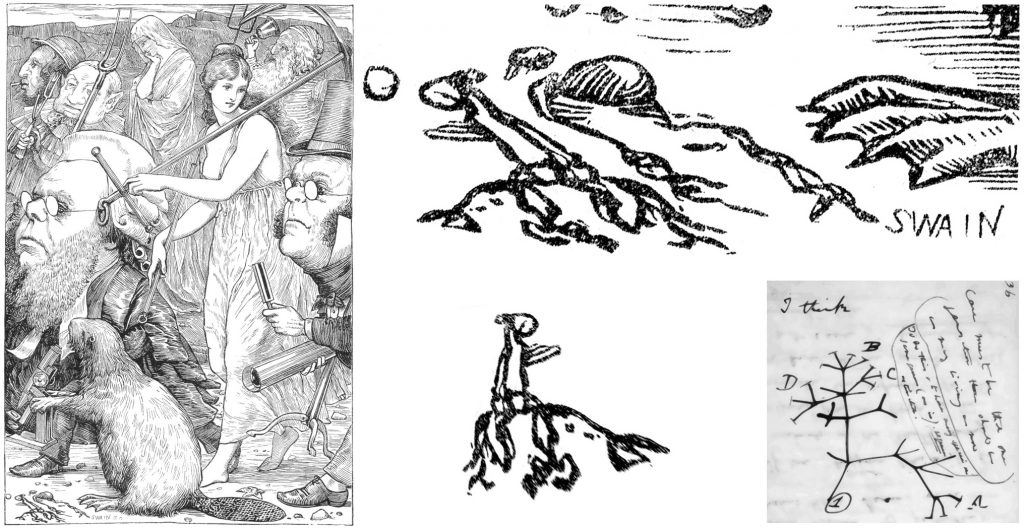
In this image, Charles Darwin’s tree of life sketch of the evolutionary tree (c. July 1837, Notebook B, 1837-1838, page 36) is compared to some “weeds” in the lower left corner of Holiday’s illustration. The sketch was not used in Darwin’s On the Origin of Species.
To my knowledge, the earliest publishing of a facsimile from Darwin’s hand drawing occurred in the 20th century. A “tree” was published in Charles Darwin’s Origin of Species. But that was an image arranged by a typographer, not Darwin’s sketch from his Notebook B. Darwin did not keep his notebook B secret after the publication of On the Origin of Species, but I do not know of any presentation of his sketch before 1876. Thus, the resemblance between the “weed” and Darwin’s evolutionary tree probably may be purely incidental.
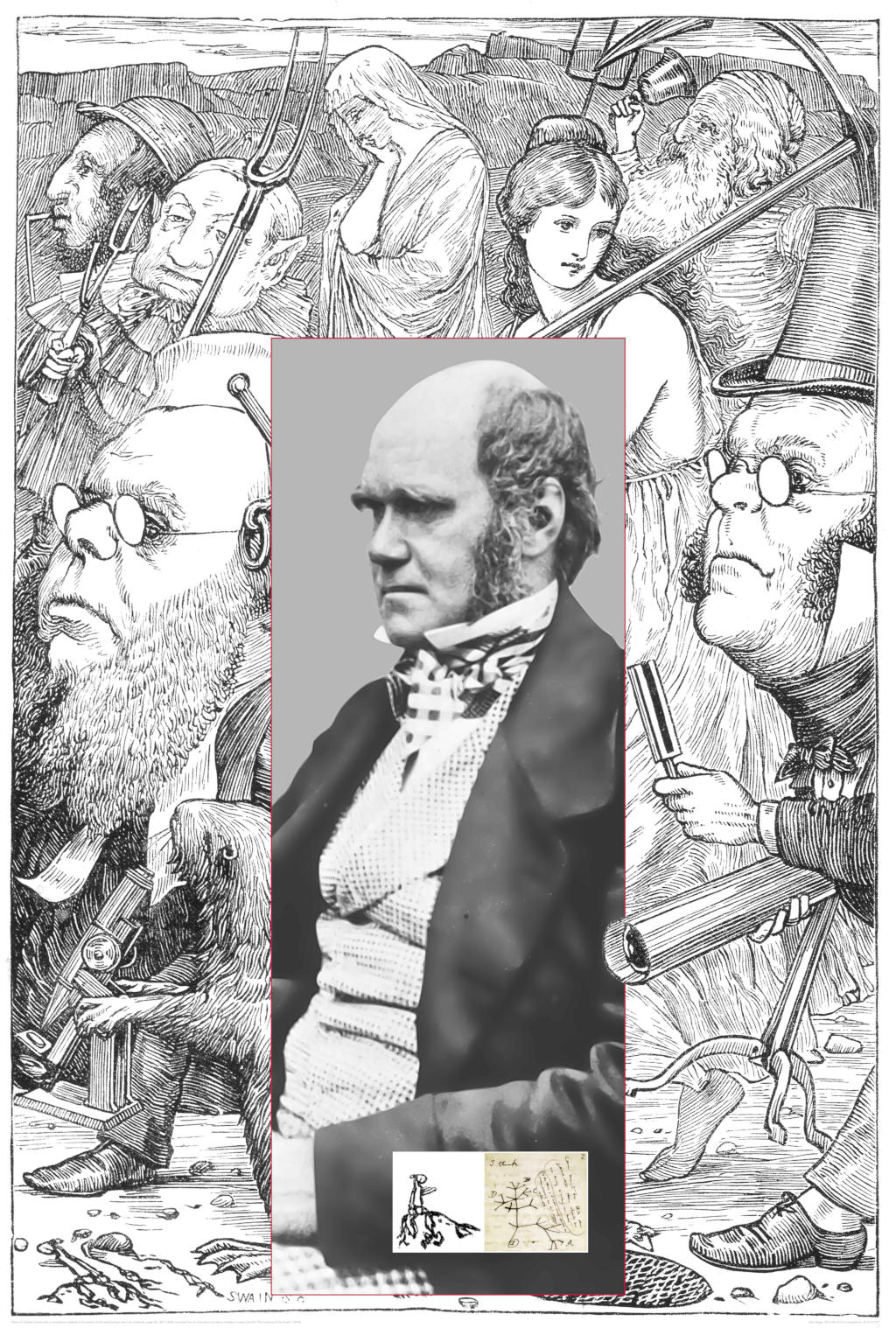 Are any earlier publishing dates for facsimile reproductions of his drawing known before 1876?
Are any earlier publishing dates for facsimile reproductions of his drawing known before 1876?
I am searching the earliest publishing date of that image e.g. in newspapers, magazines, books etc. Can you give me any hints?
In the illustration, there is no clear resemblance between Darwin and the Banker, who, however, is carrying a tuning fork. On his expedition with the HMS Beagle, Charles Darwin used such an instrument for experiments with spiders.
Links:
- Darwin’s notebooks
- Notepads worth millions lost for 20 years
- Bulletin of the British Museum (Natural History) Volume2, Vol.1 (1953) – 19 (1991)
Remark (by Ivaldo)- June 18, 2008: «Contains “Darwin’s Notebooks on transmutation of species” edited by Sir Gavin de Beer (some pages lacking in .pdf files)» - Darwin’s Tree of Life by Steven Burke, 2017-02-03 in Scientists
- Darwin’s Evolutionary Trees
2018-12-09, updated: 2023-09-22
Brian Dewan’s Snark
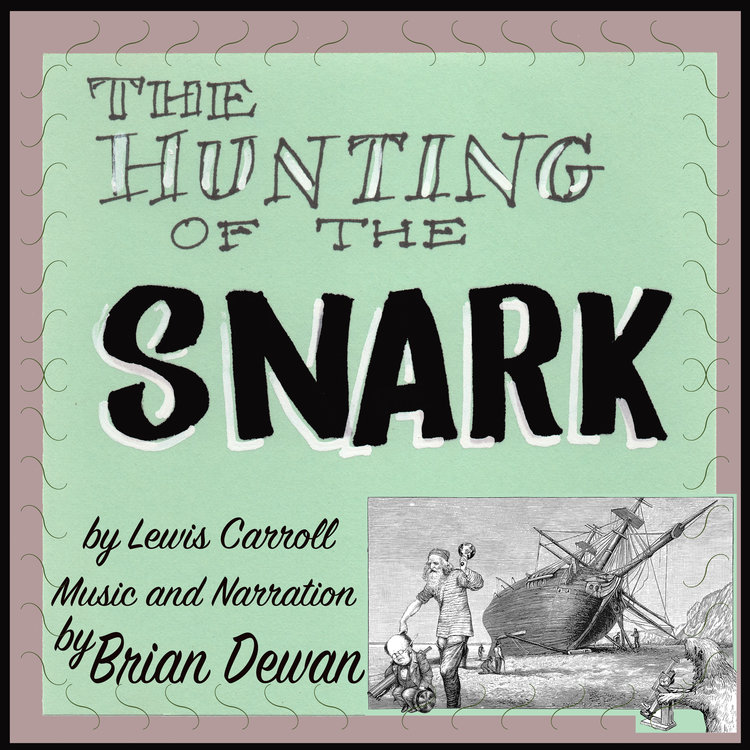 Today (2021-03-14) I learned about Brian Dewan, because he used my assemblage on the cover of his The Hunting of the Snark. His recording (2017) was aired in London and New York. The borrowing is fine with me, because for the assemblage I too borrowed illustrations. They were made by two 19th century artists.
Today (2021-03-14) I learned about Brian Dewan, because he used my assemblage on the cover of his The Hunting of the Snark. His recording (2017) was aired in London and New York. The borrowing is fine with me, because for the assemblage I too borrowed illustrations. They were made by two 19th century artists.
Details are Important
“Edward VI and the Pope” on Twitter
EDWARD VI 1537-1553 was the long-awaited heir of King Henry VIII, the object of his father’s life long policy, to secure the Tudor dynasty.
His religious education was in the hands of Thomas Cranmer.
One result was Edward’s complete & thorough conversion to Protestant Reform. pic.twitter.com/z3NAidGbpq
— SPIRITUAL LIVES (@ken_kalis) December 21, 2019
2019-12-21
Thomas Cranmer, compiler of the first Book of Common Prayer, was burned at the stake #OnThisDay 1556 https://t.co/TnjHqhQEf0
— In Our Time (@BBCInOurTime) March 21, 2019
01
The Revd. C.L. Dodgson under his pen name "Lewis Carroll" wrote "The Hunting of the Snark". It also is about Thomas Cranmer. The illustrator Henry Holiday gave us quite clear hints: https://t.co/nSx3ValV65
cc: @monarchomach
— Goetz Kluge (@Bonnetmaker) March 23, 2019
02
About references from "The Hunting of the Snark" to Thomas Cranmer:
※ Angus MacIntyre (1994),
※ Goetz Kluge (2015 https://t.co/zMvRzqMjvO, 2018 https://t.co/BFTGACMfFA, @Bonnetmaker)
※ Mary Hammond (2017, @Hg4words)
※ Karen Gardiner (2018, @KarenGardiner19) pic.twitter.com/eAaCXDhmt0— Goetz Kluge (@Bonnetmaker) March 17, 2019
03 (comment to 02)
"Edward VI and the Pope: An Allegory of the Reformation." (NPG London)
In this 16th century anti-papal propaganda painting Henry VIII is on the left side. Thomas Cranmer is 2nd from left in the upper row on the right side.
More: https://t.co/h24cchf4YTpic.twitter.com/Dsn8MEdj9u
— Goetz Kluge (@Bonnetmaker) March 23, 2019
04
In one of his illustrations (https://t.co/4vu78zj7Jr) to Lewis Carroll's "The Hunting of the Snark", Henry Holiday alluded to the painting "Edward VI and the Pope".
More: https://t.co/hcIThF1al1 pic.twitter.com/INhRxoDly9
— Goetz Kluge (@Bonnetmaker) March 23, 2019
05
I think that also in another illustration (https://t.co/8RYeUCHtTn) to "The Hunting of the Snark" with a depiction of the Baker's 42 boxes (Cranmer's 42 Articles?), Holiday alluded to the depiction of iconoclasm in "Edward and the Pope".
More: https://t.co/eTIRJW9Moa pic.twitter.com/hTJnmslkvC
— Goetz Kluge (@Bonnetmaker) March 23, 2019
06
Margaret Aston wrote a wonderful book on the painting too. The King and the bedpost
— Justin Champion (@monarchomach) March 23, 2019
07
I read that book. It's a marvel. I tried to contact Margaret Aston, but I was too late. https://t.co/3FJuRjYPlZ pic.twitter.com/pMiuRgXMPv
— Goetz Kluge (@Bonnetmaker) March 23, 2019
08
— Goetz Kluge (@Bonnetmaker) March 23, 2019
09
And the Bedpost ended up in "The Hunting of the Snark" as well. I think that Henry Holiday alluded not only to the "Edward VI and the Pope" painting but also to the painting to which "Edward VI and the Pope" alluded.
There perhaps is an chain of allusions. https://t.co/f7SReLHeXJ pic.twitter.com/fz0esGdShS— Goetz Kluge (@Bonnetmaker) March 23, 2019
10
Correction: … the print to which "Edward VI and the Pope" alluded …
— Goetz Kluge (@Bonnetmaker) March 24, 2019
11
https://t.co/f7SReLHeXJ pic.twitter.com/nS2SlS86Dc
— Goetz Kluge (@Bonnetmaker) March 23, 2019
12 (2019-03-23)
The Broker and the Monk
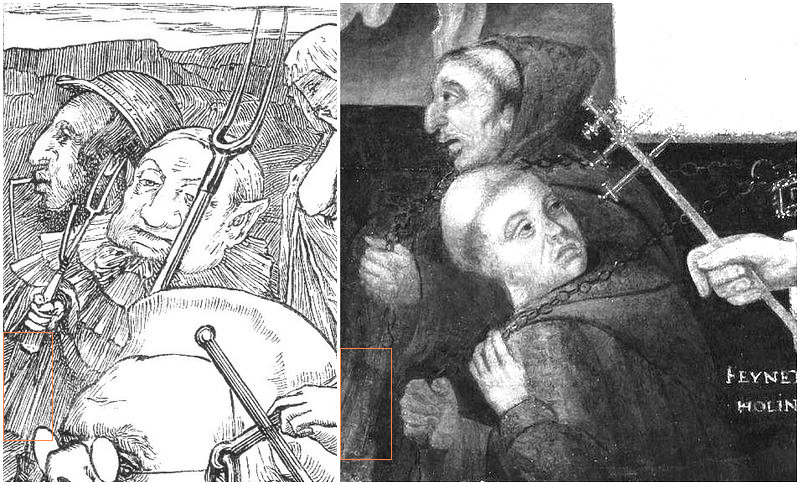
In this image one of the elements has been marked (orange frame) which Henry Holiday borrowed from a 17th century painting (by an anonymous artist). This might be a bit different from the borrowing described by T. S. Eliot in 1920. In the example shown here, the borrowing of the pictorial allusion is inconspicuous. It doesn’t enrich Holiday’s illustration. It’s only purpose might be that of a signpost pointing to another work of art.
more.
2017-09-27, update: 2019-02-25


